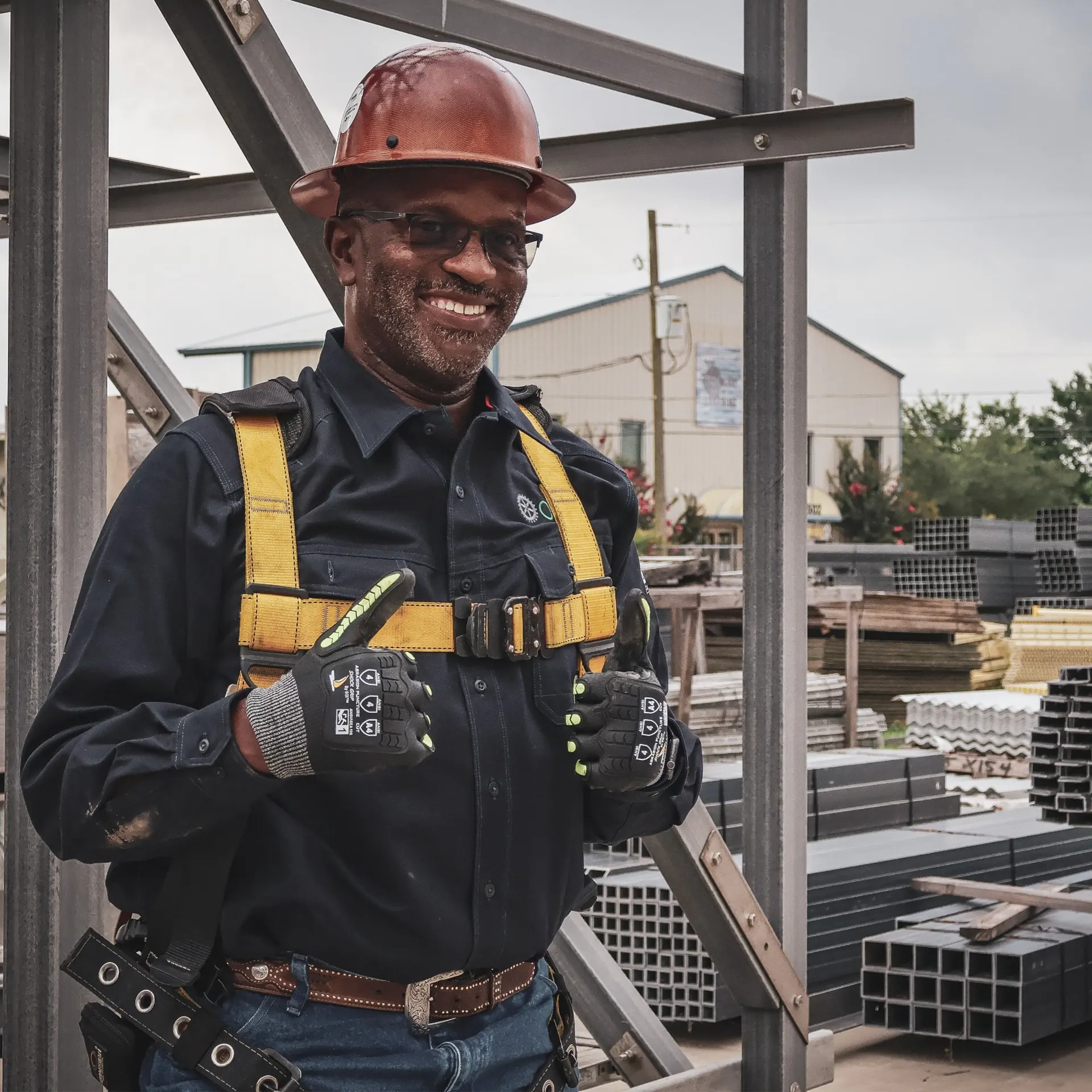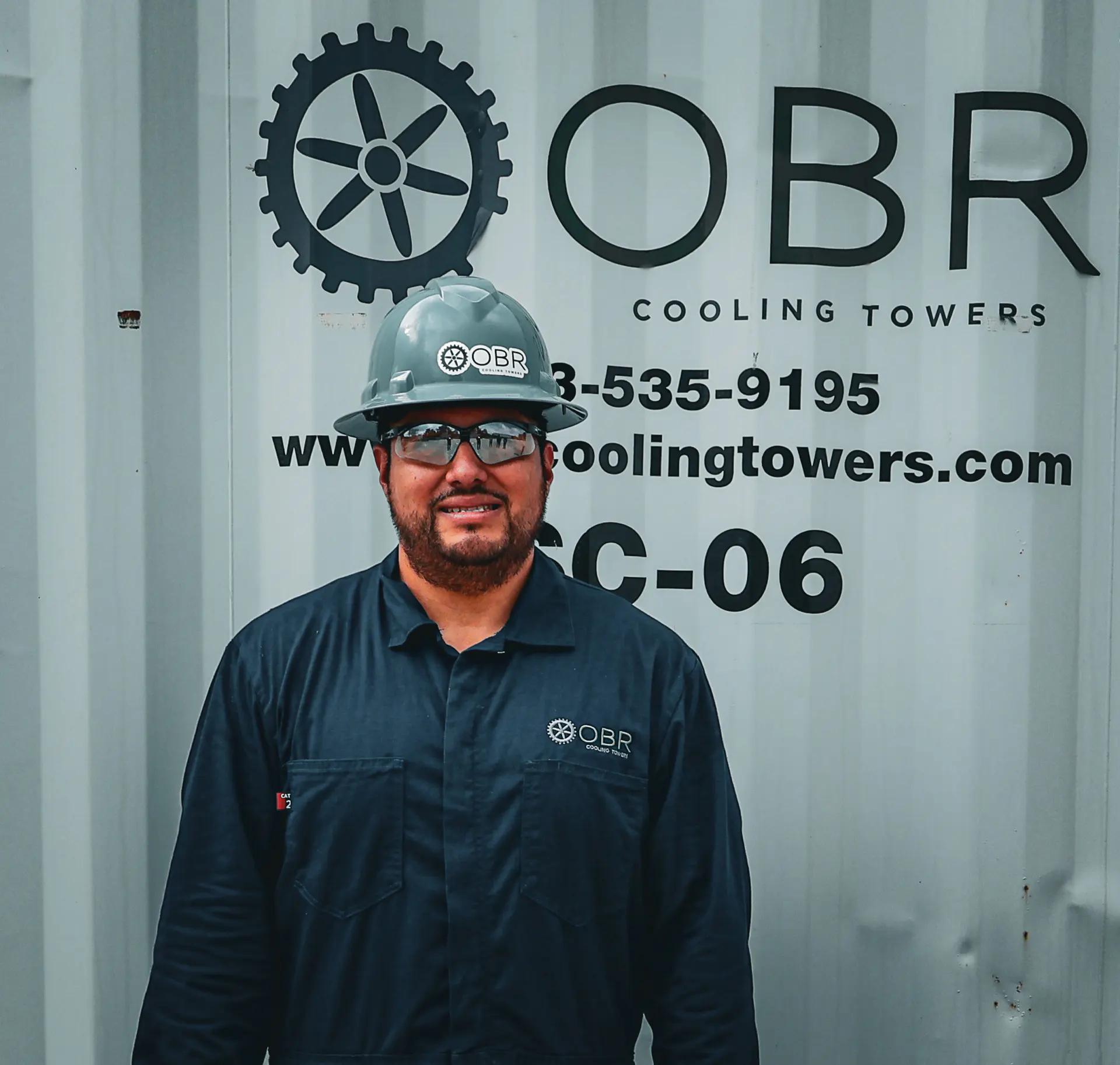
H.E.I.G.H.T.S.
Introduction to the HEIGHTS Program
Hazard Identification and Mitigation
Objective: Identify potential hazards in the workplace and implement measures to mitigate them.
Actions:
- Conduct regular safety audits and inspections.
- Encourage employees to report hazards immediately. •Use safety checklists for each job site.
- Mitigate hazards using the Hierarchy of Controls
Equipment and PPE (Personal Protective Equipment)
Objective: Ensure all employees have the right equipment and PPE to perform their tasks safely.
Actions:
- Provide required PPE such as hard hats, gloves, safety glasses, and fall protection gear.
- Maintain and regularly inspect all equipment.
- Train employees on the proper use and maintenance of their PPE and equipment.
Incident Reporting and Investigation
Objective: Promote a culture of safety through transparent reporting and thorough investigation of incidents.
Actions:
- Implement a simple and accessible incident reporting system.
- Investigate all incidents, regardless of severity, to determine root causes.
- Share lessons learned from investigations to prevent future occurrences.
General Safety Training
Objective: Equip all employees with the knowledge and skills needed to work safely.
Actions:
- Conduct regular safety training sessions covering general safety principles and specific job-related hazards.
- Provide training on emergency procedures and first aid.
- Offer refresher courses and updates on new safety regulations and best practices.
Health and Wellness
Objective: Promote overall health and wellness among employees to ensure they are fit for duty.
Actions:
- Encourage regular health check-ups and screenings.
- Provide access to wellness programs, including mental health support.
- Promote a healthy work-life balance to reduce stress and fatigue.
Task-Specific Safety Procedures
Objective: Develop and implement safety procedures tailored to specific tasks.
Actions:
- Create detailed safety protocols for high-risk tasks such as working at heights, electrical work, and handling hazardous materials.
- Ensure all employees are trained on these procedures before undertaking the tasks.
- Use job safety analysis (JSA) and method statements for complex tasks.
Safety Culture and Leadership
Objective: Foster a strong safety culture with leadership commitment at all levels.
Actions:
- Engage management in leading by example and prioritizing safety.
- Recognize and reward safe behaviors and practices.
- Encourage open communication and feedback on safety matters.


Mind Matters
At OBR, we are dedicated to promoting mental well-being as a cornerstone of workplace safety. We understand that in an industry where mental health challenges are prevalent, addressing these issues is essential for the overall welfare of our team. That’s why we take proactive steps to provide tangible support and resources.
While the journey may not be easy, we firmly believe in our ability to have candid conversations about mental health. By fostering an environment of support and understanding, we empower our team members to prioritize their mental well-being and seek assistance when necessary. Together, we can break the stigma surrounding mental health and ensure that everyone feels supported, valued, and safe.
The Faces of the Campaign
1. 100% tie off while working at heights.
We enforce %100 tie-off to an OBR assured and approved anchor point when:
> 4ft or above an unprotected lower level
> When working over water without a safe work platform
> When within 6’ of an unprotected edge
2. Do not enter a confined space without a permit/CSA.
Some Dangers include:
> Entering a confined space containing a hazardous atmosphere
> Changing conditions outside the CS are not identified by those in the confined
Space
– Confined Space Attendant has this responsibility
> Hot work permits may be required in a confined space. This creates hazardous
Conditions inside the confined space
> Not receiving communication about the space
> Accountability in the event of an emergency
3. No work shall be performed without Lock Out Tag Out.
One of the most common workplace hazards is the release of hazardous energy during maintenance or repair work on machinery or equipment. One of the most important safety measures to prevent accidents is the implementation of lockout tagout (LOTO) procedures, which involves locking and tagging the machinery or equipment and isolating it from energy sources. If proper LOTO procedures are not followed, it can result in Accidents, damage to machinery, and even fatalities.
4. Do not report to work under the influence of drugs or alcohol.
Consequences Can include:
> Increased Risk of Workplace Injury or Accident
> Loss in productivity and quality of work
> Loss of Team Morale
> Being permanently banned from customer locations
> Losing your Job
A DRUG-FREE WORKPLACE PROMOTES TEAM MORALE, INCREASES PRODUCTIVITY, AND REDUCES ABSENTEEISM.
5. No harassment/discrimination.
Federal and state laws protect everyone from unfair and unwelcome treatment at work.
Harassment: Frequent unwelcome conduct that interferes with your ability to do your job. Most often due to membership in a protected class.Harassment includes but is not limited to
> Offensive jokes, objects, or pictures
> Name calling
> Physical assaults and threats
> Intimidation
Discrimination: negative actions placed against you based on your membership within a protected class & that impacts your employment.
> Denied a job, promotion, pay raise, demoted, terminated, etc.
6. No smoking outside of designated areas.
> Ensure you are in a designated area
> Smoking outside of a designated smoking area will introduce an ignition source to potentially dangerous chemicals inside of the facility
> Be considerate about where your smoke is going
> Be mindful of where you put your finished product
> Keep the smoke area clean. This is a privilege. So, don’t abuse it
7. No overriding safety critical devices.
Safety systems are designed to prevent unsafe operations from occurring. The main goal of safety-critical devices is to prevent unexpected start-ups, and protect people, property, and the environment.
> Safety Critical Devices we see in the cooling tower
> Lock Out of the fan motor, pumps and valves
> Guards on tools
> Gas Monitors
> GFCI
8. No willful or intentional crossing of safety barriers without prior authorization from OBR management.
Types of barriers commonly encountered in cooling tower work areas
1. Tape
- Caution Tape (yellow/Black)
- Danger Tape (Red/Black)
2. Ridged Barrier/Hard Barricades
- Scaffolding barricade
- 2”x4” hard Barricade
3. Barricade Cones
4. Signage or placards
- “Confined Space DO Not Enter”
9. No operating any equiptment without current and proper training.
Before operating any equipment ask yourself these questions:
> Since joining OBR, have I been trained to operate this equipment?
> Do I feel competent enough to use this equipment safely?
> Is my training certification still valid?
> Do I have my training certification on me?
> Is the equipment on the permit?
> Do I have permission to use this piece of equipment?



